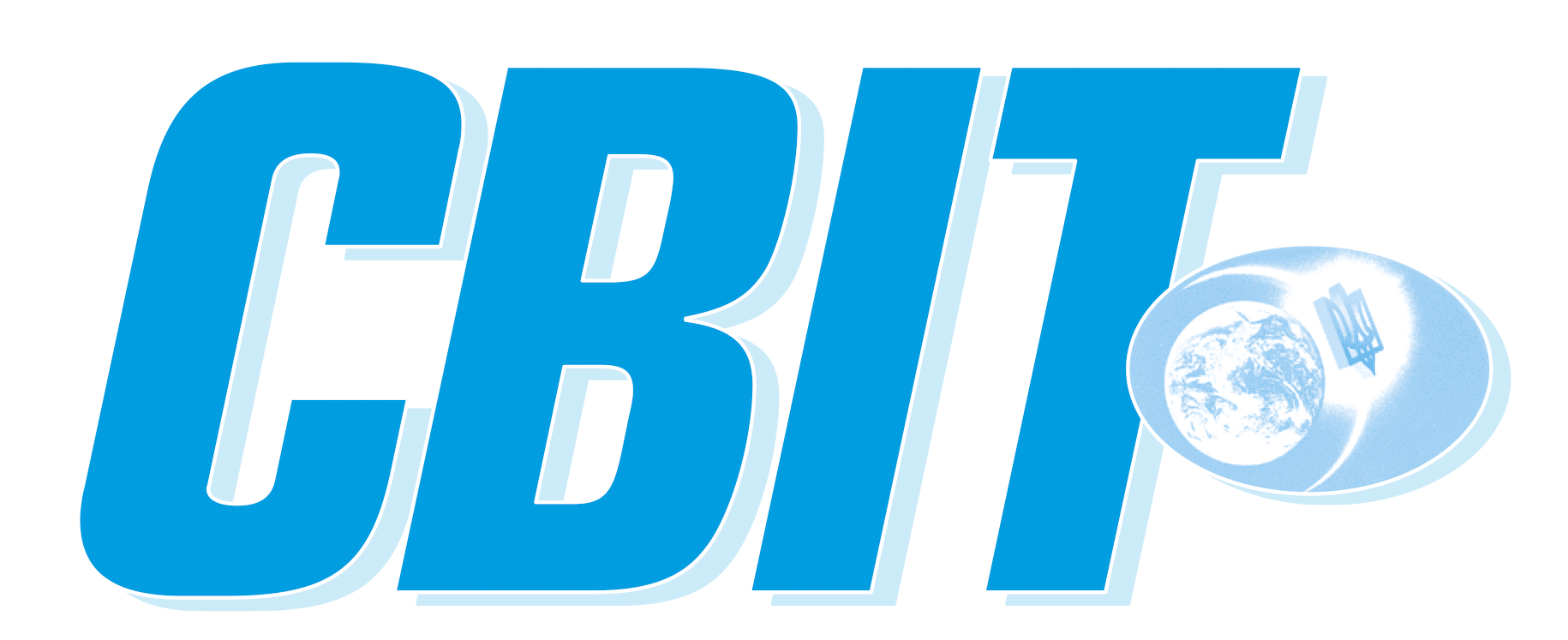On 31 March, Andriy Kravchenko savored a triumph long in the making. That day, his team delivered to a hospital in Kyiv, Ukraine, the first batch of something the chemist had spent years developing for battlefield use: a topical coagulant that stanches bleeding until a doctor can reach an injured soldier. “I admired his purposefulness and perseverance,” says Mariia Galaburda, a senior researcher at the Chuiko Institute of Surface Chemistry, where Kravchenko worked. “He dreamed it would appear in the first-aid kit of every Ukrainian soldier.” Three days later, Kravchenko, 41, drove to Brovary, an eastern suburb of Kyiv, where he was volunteering in the Territorial Defense Forces, a reserve branch of the military. He died there when a landmine shredded his car.
“Such a heavy and painful loss,” Galaburda says. “He always greeted you with a charming smile. Oh, we will miss this optimistic smile.”
As the war in Ukraine grinds into a third month, deaths are mounting—and scholars young and old are among the casualties (see table, below). The UN Office of the High Commissioner has tallied 2345 civilian deaths—a number presumed to be a vast undercount and one that’s certain to rise. The eastern city of Kharkiv—home to a few dozen top-flight universities and research institutes—is under daily bombardment, and many researchers are unaccounted for in the devastated port city of Mariupol, where according to the mayor more than 10,000 civilians have died in a brutal siege. “I don’t know the destiny of many of my colleagues there,” says Maksym Strikha, a physicist and former top official in Ukraine’s science ministry.
Strikha says Russian soldiers have gunned down some scientists in cold blood, including Vasyl Kladko, an x-ray crystallographer at the V.E. Lashkaryov Institute of Semiconductor Physics. In late February, soon after Russia invaded, Kladko drove from central Kyiv to his home in Vorzel, a northwestern suburb, to rescue his family. Cellphone service was down and Kladko didn’t realize his family had made it out safely, Strikha says. By the time he arrived, Russian forces occupied the village—and Kladko was stranded. “For several days he was sitting in his cellar, waiting for a chance to escape,” Strikha says. On 13 March, the Russian military agreed to allow civilians to evacuate. Soldiers shot Kladko and others as they emerged from hiding, Strikha says. “They just left his body lying in the street.”
Kyiv’s suburbs, occupied for weeks by Russian troops, were a killing ground that claimed other scholars. Oleksandr Kysliuk, a law professor at the Drahomanov National Pedagogical University, was slain in Bucha, now infamous for its mass graves and the rape, torture, and execution of civilians. Social scientist Yevhen Khrykov of Taras Shevchenko National University of Luhansk was killed in Irpin, another suburban battleground.
In Kharkiv, scientists have died in rocket attacks. Among the known victims are Oleksandr Korsun, an inorganic chemist at the V.N. Karazin Kharkiv National University, and Yulia Zdanovska, a rising math star at Taras Shevchenko National University of Kyiv. Zdanovska won a silver medal in the 2017 European Girls’ Mathematical Olympiad. The 21-year-old was killed while volunteering for a Territorial Defense Forces battalion in her hometown, Kharkiv. In her honor, the Massachusetts Institute of Technology’s math department last month launched “Yulia’s Dream,” a free math enrichment program for Ukrainian high school students.
